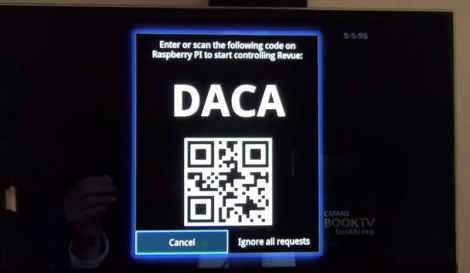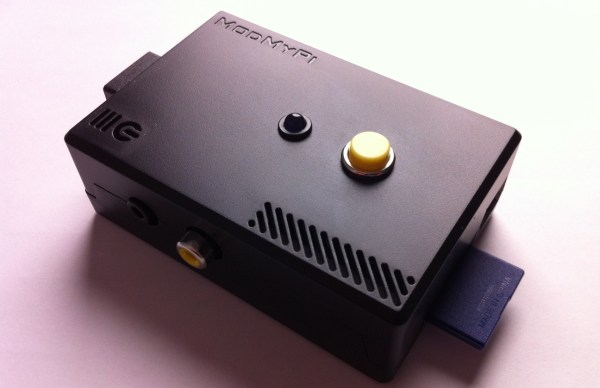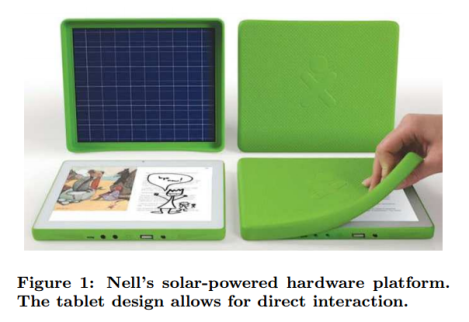
Google TV is a network connected television. It does what you would think: plays television programs, streams media from the internet, and allows you to open URLs on your TV. But one nice feature is that it can also be controlled over the network rather than just via an IR remote. Google publishes apps which make this simple with a smartphone. But the communications protocols are open source, so [Leon Nicholls] wrote a Google TV remote control library in Java.
The video after the break shows him pairing a Raspberry Pi with his television. The image above is the pairing verification code you must enter on the remote hardware before control is authorized. Apparently this is a step that needs to happen every time if using Google’s Anymote library. [Leon] improved that, by saving the pairing data so that the first authorization is all that it takes.
He figures this could be used for home automation. We’re not sure what we’d use it for but we’d love to hear your ideas in the comments.




















